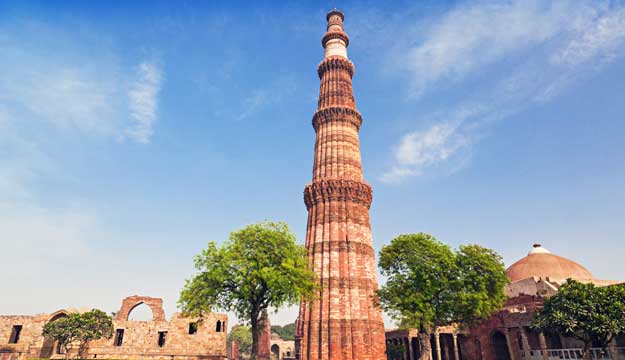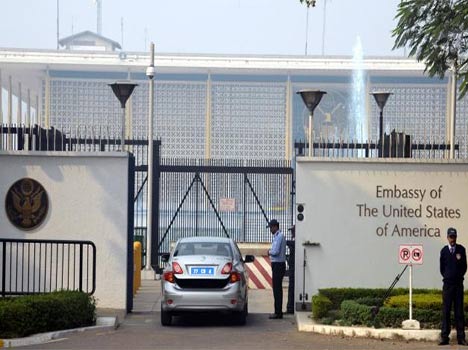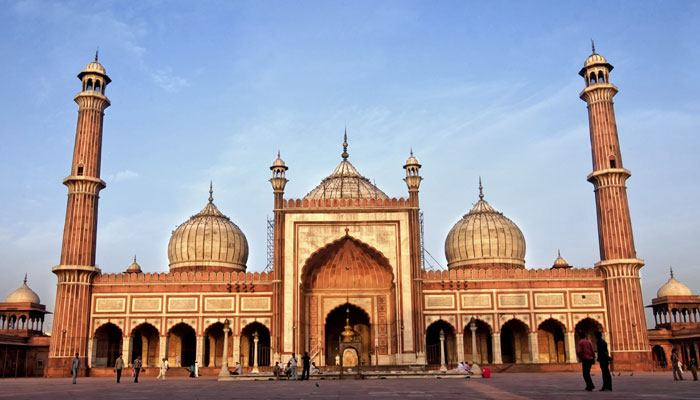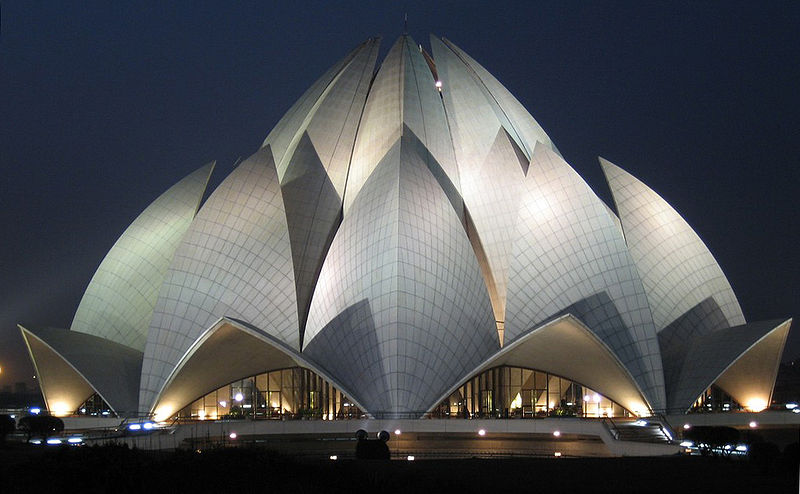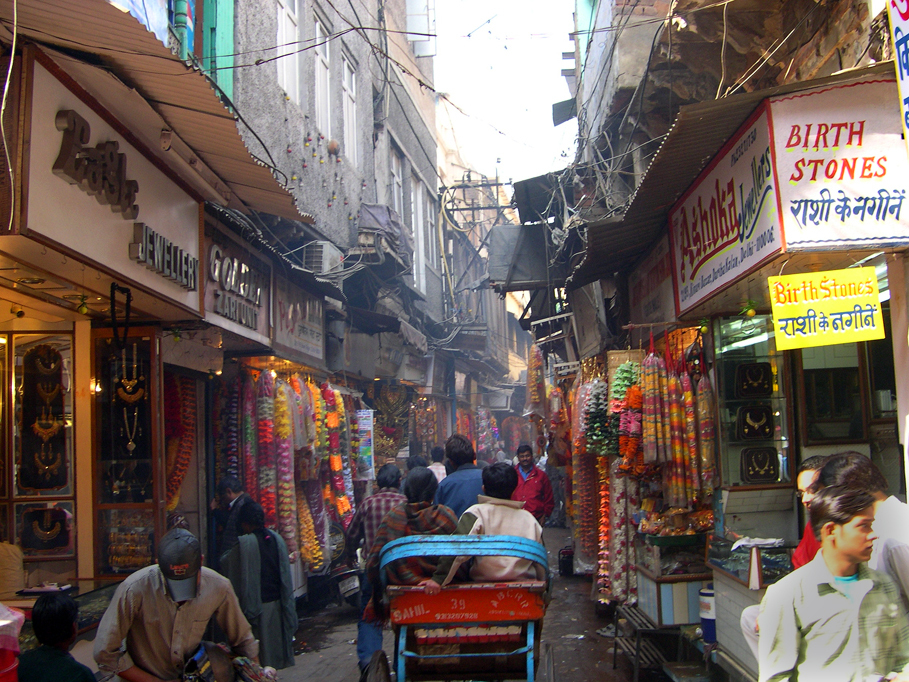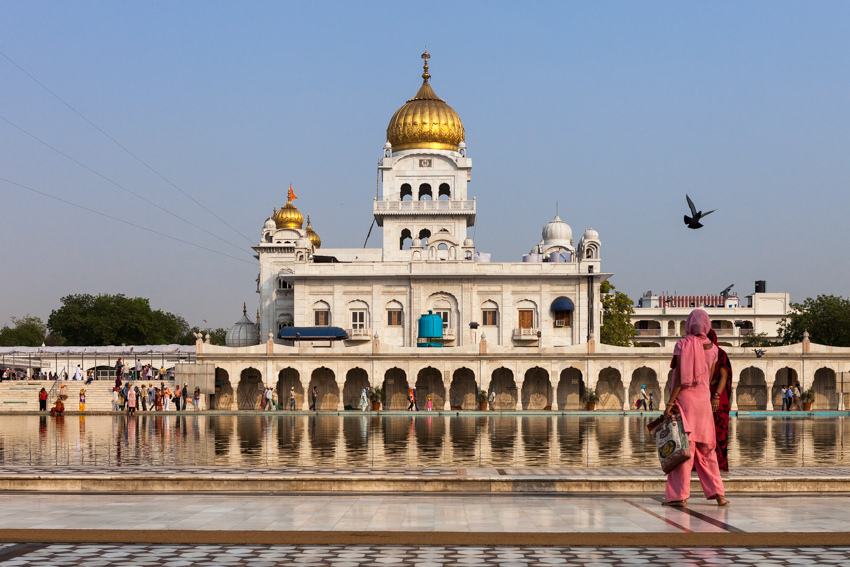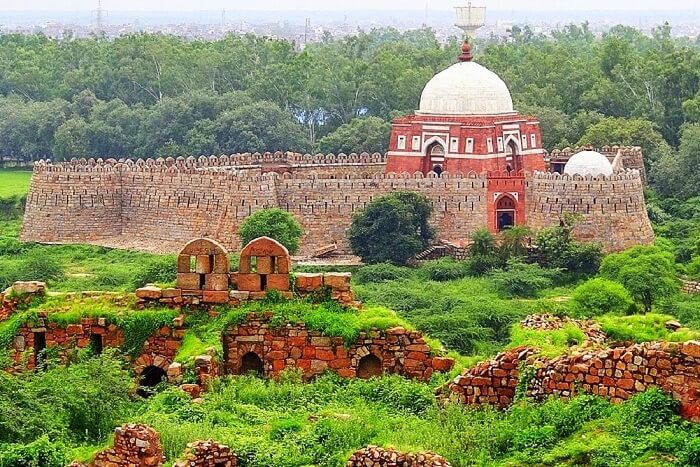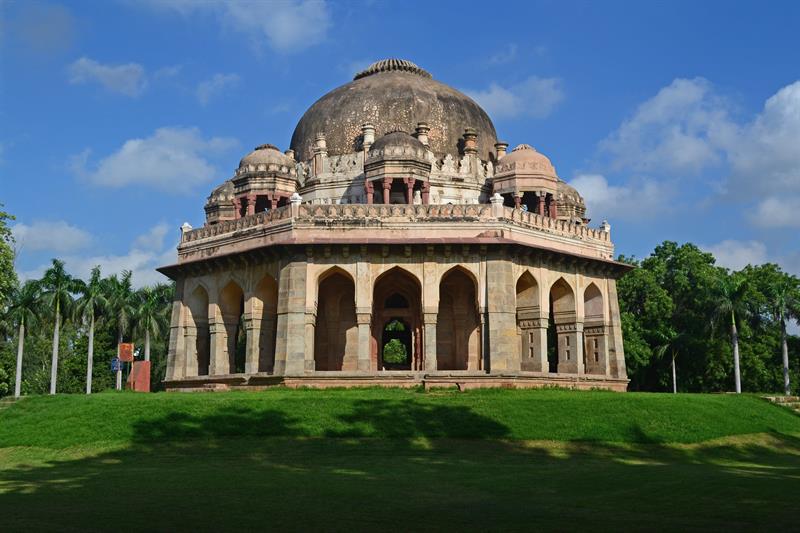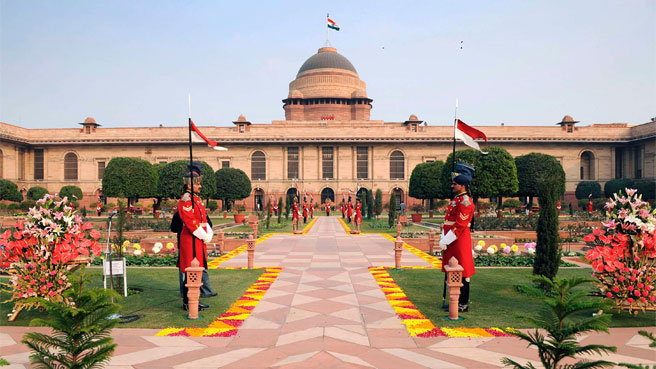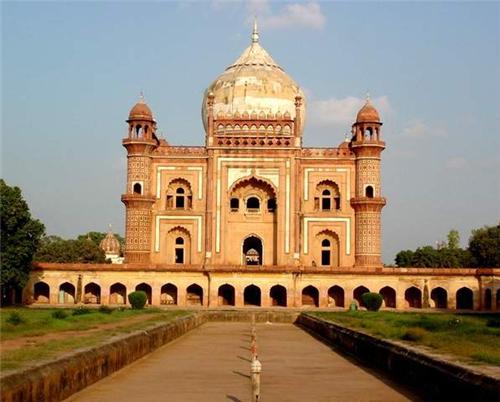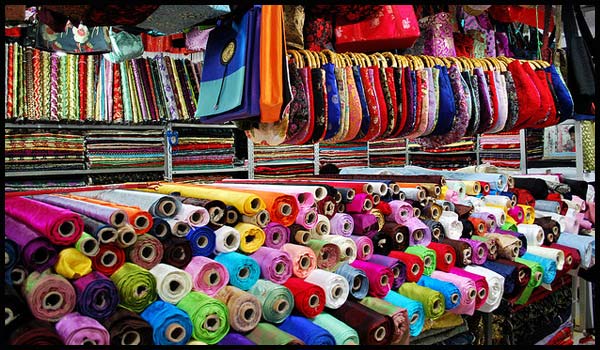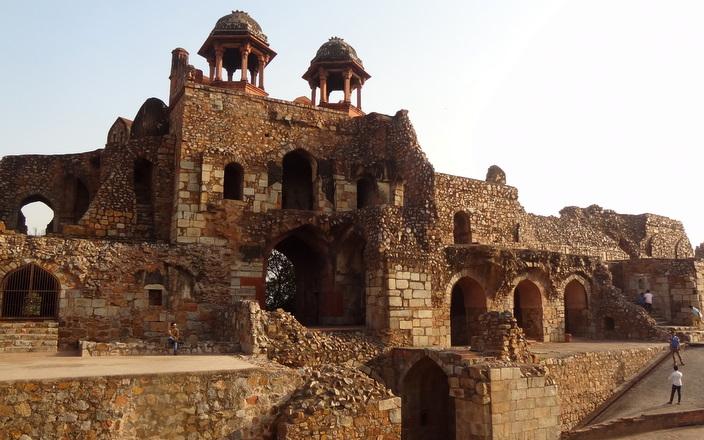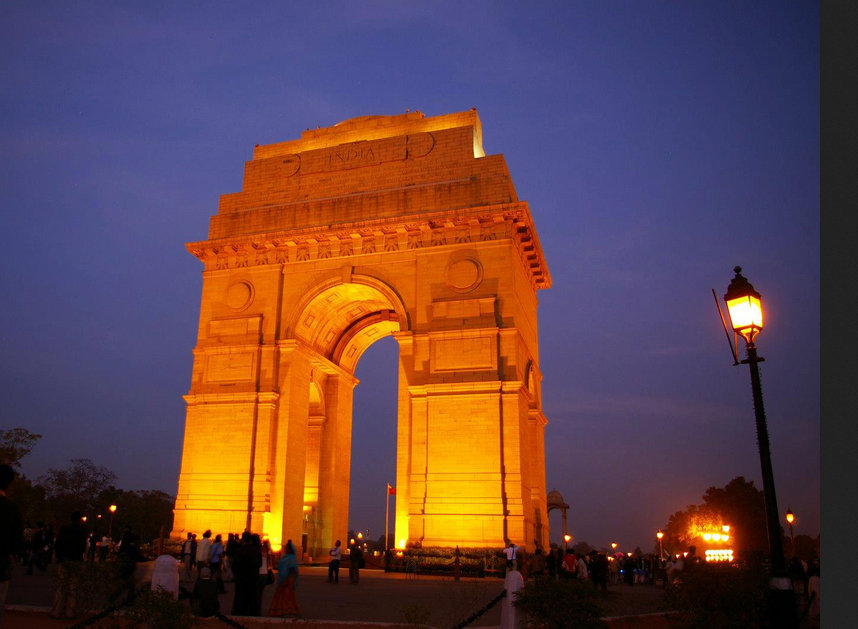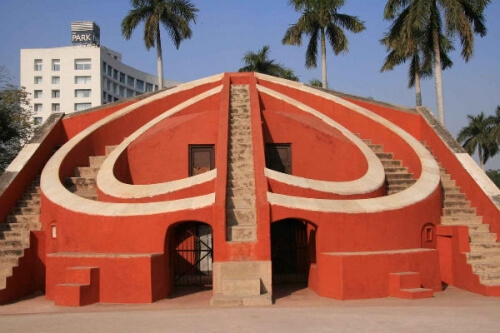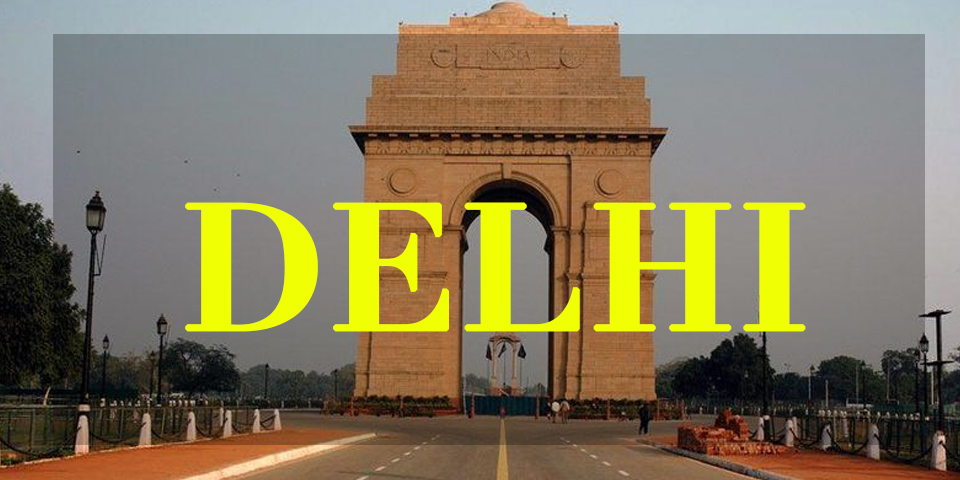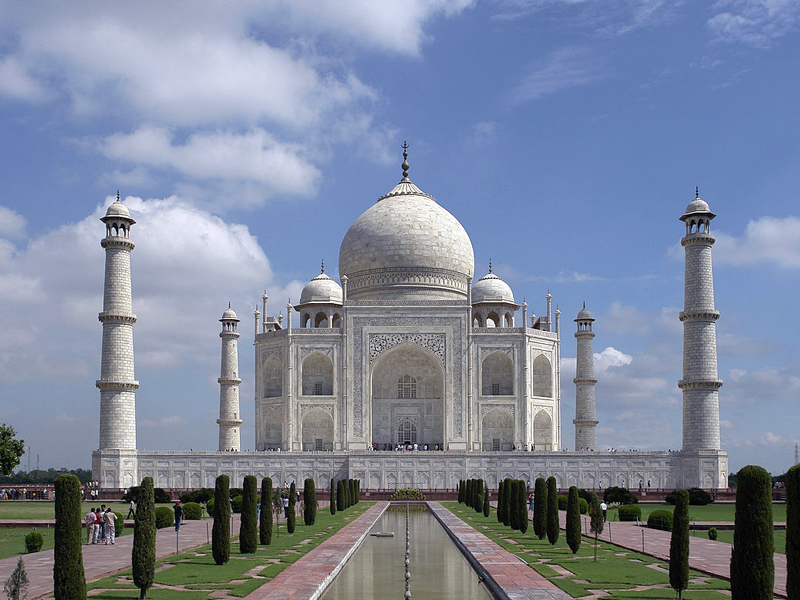- Home
- Travel Delhi
- Qutub Minar
Qutub Minar
Updated: 06-10-2022
Qutub Minar
Quick Facts
State: Delhi
Country: India
Built by: construction started by Qutub ud din Aibak completed by Iltutmish
Year: 1192 AD
Height: 73 metres
Nearest Metro station: Qutb Minar metro station
Visiting timings: Sunrise to Sunset
Entry Fee: Rs 30 for Indians and Rs.500 for Foreigners
Open: On all days.
Qutub-Minar also spelt as Qutb Minar is one of the beautiful minarets present in Delhi India and is covered with lush green garden all around. It is the masterpiece of Indo Islamic architecture built in red sandstone and marble. Qutub Minar is a UNSECO world heritage site present in Mehrauli, Delhi India.
Minar.
History of Qutub Minar
History
Qutub-Minar was built by Qutub ud din Aibak in the year 1192 but was later completed by his son in law by Shamsuddin Iltutmish. It is 73 metre tall and one of the highest brick minarets in the world and also one of the most important tourist places in Delhi. It consists of 379 steps; the diameter of the base is 14.3m while the top is 2.7m.
Every year lakhs of visitors visit Qutub Minar. Qutub ud din Aibak was the founder of Delhi Sultanate. It is believed that the minaret was dedicated to sufi saint Qutbuddin Baktiar Kaki. Aibak built the ground storey on the ruins of the Lal kot, citadel of Dilika the remaining three storeys was added by Iltutmish in the year 1220.
In the year 1369 a severe lightning struck Qutb Minar which caused severe damaged to the top storey. However, this was reconstructed by Firoz Shah Tughlaq and one more storey was added to it. Again, in the year 1505 a severe earthquake damaged the top two storeys of Qutb Minar which was reconstructed by Sikander Lodi.
After another natural disaster ruined Minar in the year 1803, Major Robert Smith of British army took the restoration work in the year 1828. He installed cupola on the fifth storey thus created on more storey on it. However, in the year 1848 the then governor general of India ordered to reinstall the cupola on the ground level and it is still present to the east of Qutub Minar
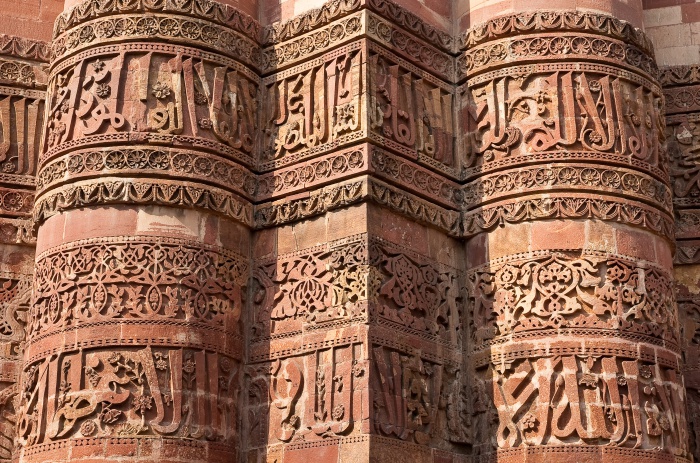
Architecture of Qutub Minar
The architecture of the Minar is Indo Islamic style. The first three storeys are built by red sandstone and the next three are built in sandstone and marble. The minaret consists of 379 steps which allow reaching to the top. However, now public are not allowed to go till the top of the minaret.
Qutb Minar is
engraved with various inscriptions in Arabic and Nagari characters. The inscription
describes the history and the various kings who worked on Qutb Minar. Each
storey has a balcony all round supported by corbels with honeycomb vaults. It
is built on the ruins of the Lal Kot. At the foot of the tower is the Quwatt ul
Islam the mosque.
Qutb Complex
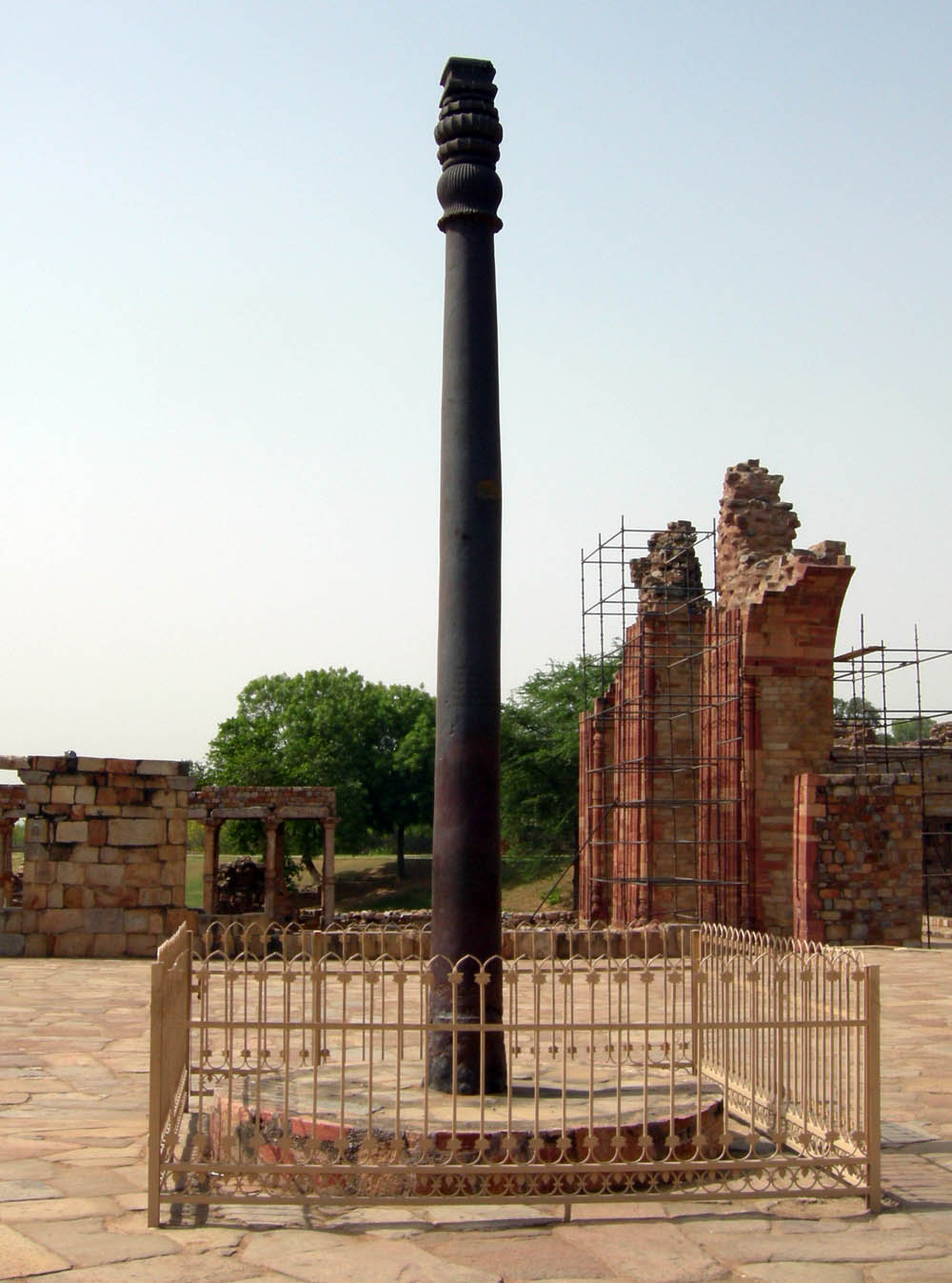
Some of the important places in Qutb Minar is the iron pillar, Alai Darwaza, Quwatt ul islam is the mosque, tomb of Iltutmish.
The iron pillar is the main attraction in the Qutub Minar. It is 23ft and eight inches in height with diameter of 16 inches pillar. It is believed to have been erected by Chandragupta 2 of Gupta dynasty.
It has inscriptions in Sanskrit and Brahminic scriptures. The oldest inscription on the pillar is that of the king named Chandra which means Chandragupta 2 of Gupta dynasty. The pillar was also built to honour the Hindu God Vishnu.
The most unique feature of this pillar is it is rust resistant. The myth is that if one embraces the pillar backside and touches both hands then one's wish would get fulfilled.
Quwatt Ul Islam and Tomb of Illtutmish
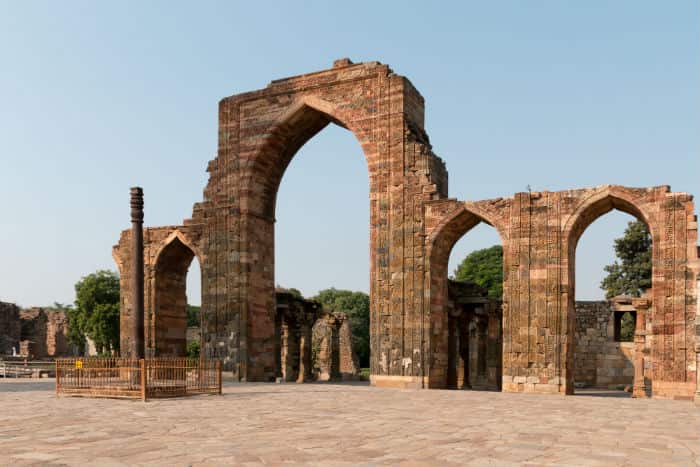
Quwatt ul Islam is a first mosque built in Delhi by Qutb-ud-din-Aibak in the year 1192. It is situated to the northeast of Minar. It is believed that the mosque was built on demolishing the Hindu and Jain temples constructed during the period of tomars and Prithiviraj Chauhan period.
Inscriptions on the eastern gate say that the mosque was built after destroying 27 Hindu temples and Jain temples. The mosque is in ruins now but however it was built on the courtyard measuring 141ftX 105ft.
Only a sanctuary on the western side with low domed ceilings for worshippers is present now. Iltutmish further developed the mosque by extending the area of the prayer hall by three more arches. Some more additions to the mosque were done during the period of Alauddin Khilji.
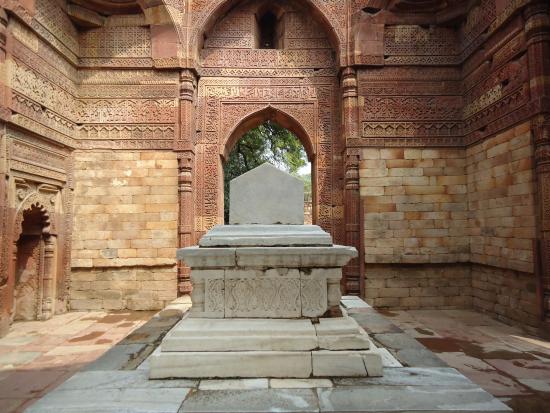
Tomb of Iltutmish:
Another important monument in Qutub Minar is the tomb of Iltutmish. It is located to the northwest of Quwatt ul Islam Mosque. It was built in the year 1235 AD. The interiors walls are richly decorated and beautifully carved. Iltutmish himself built the tomb. The tomb chamber has a cenetoph at the centre and is built in red sandstone. Inside the tomb there are three mihrabs.
Alai Minar: It is an unfinished monument that is present in the Qutub Minar. It was built by Alauddin Khilji to commemorate his victory over. He wanted to build the tallest Minaret (taller than Qutub Minar) but could not complete as he died in between. The remains of Alai Minar lie even now in Qutub Minar.
Qutub Minar is a must visit place for tourist. Even though many natural disasters hit the Minar, it still stands tall, beautiful and attracts thousands of visitors every day. It is open to visitors from morning till evening.
Important Information--Delhi Metro station
The nearest metro station is Qutab Minar Metro station. It is an elevated yellow line metro station. the platform 1 is HUDA city centre and platform 2 is Samaypur Badli. the previous station is Saket towards Samypur Badli and the next station is Chhatarpur metro station.
Update on coronavirus in India
Seasons/Climate of Delhi
Delhi experiences extreme conditions of hot and cold during summer and winter season. Its climate is greatly influenced by the Thar Desert and Himalayas
Summer season: Summer season starts from Mid-April and continues till end of June. It would be extremely hot during May and June. The maximum temperature may go up to 45 degrees Celsius. One can experience Loo during summer season.
Monsoon season: Monsoon season is from July to September. Maximum temperature may drop below 40 degrees. But it would be extremely sultry and humid.
Winter season: November to February are winter months. The minimum temperature may drop to as low as 5 degrees. the maximum temperature would be below 15 degrees during peak months of December and January.
October and March are pleasant months.
Best time to visit Delhi
October to April is the best time to visit Delhi as the weather is good and is not hot
How to reach Delhi
Delhi being the capital city of India. It is easily accessible by air, rail and Road.
By Air: Delhi has a very good air service both domestic and international flights. Delhi has flights to all the major cities within and outside India.
By Rail: Delhi has a very good rail connectivity. It has four major railways namely Old Delhi Railway Station, New Delhi Railway Station, Hazrat Nizamuddin Railway Station and Anand Vihar Railway Station
By Road: Delhi has well connected road and national highways from all the major cities of India. The three major bus stands are Inter State Bus Terminus (ISBT) at Kashmiri Gate, Sarai Kale Khan Bus terminus and Anand Vihar Bus Terminus. Both government and private buses provide with good service.
Affiliate Disclosure:
If you make any purchase via a link on this site, I may receive a small commission with no added cost to you.
